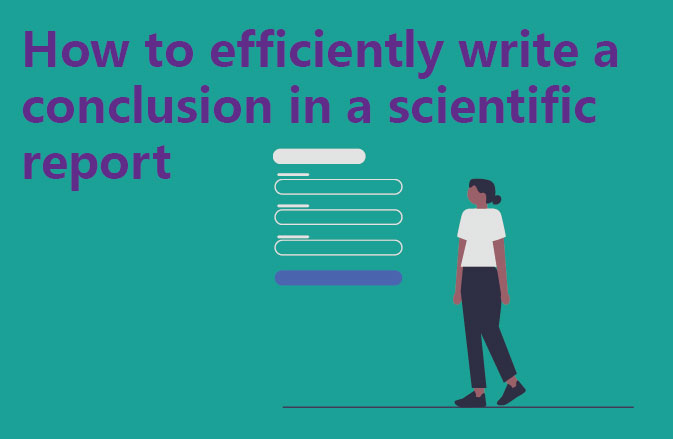Chapter 1: Cornerstones and Guidelines for Conclusions
1. Overview – condenses the essence of the research results, and provides an in-depth retrospection and clarification of the research objectives.
2. Significance of the study – explaining the significant value of the study, echoing perfectly with the research questions and hypotheses in the previous section.
3. Research value – highlighting the unique contribution of the study and analysing the significance of the research methodology and tools.
4. Limitations and Implications – Candidly point out the shortcomings of the study’s findings, but be sure to avoid conflicting with the study’s point of view.
5. Suggested Extensions – In response to the limitations of the findings, suggest constructive ideas for future development and a way forward.
Chapter 2: Process of Creating a Conclusion
1. review the purpose of the study – in the conclusion chapter, the first and foremost task is to review the original purpose of the study and clarify the main idea of the study.
2. Summarise the findings of the study – provide a high level summary of the research findings, highlighting the key points and making them compelling.
3. elaborate the significance of the study – in conjunction with the objectives of the study, elaborate the far-reaching impact of the study, such as filling the research gaps and promoting the progress of the society.
4. emphasise the value of the study – analyse in depth the importance of the research methodology and tools, and the far-reaching impact of the study on related fields.
5. point out the limitations of the study – objectively describe the limitations of the study results, such as limited sample size, limited application of the results, etc.
6. provide suggestions for extension – based on the limitations of the research results, propose innovative ideas and development directions for future development.
Chapter 3: Detailed Control of Conclusion Creation
1. avoid introducing new ideas or data – the conclusion section should be dominated by summarisation, never introduce new ideas or data.
2. sub-argument writing – can refer to the various results and discussion parts of the previous article, and make a moderate condensation and refinement.
3. concise and clear language – the text in the conclusion section should be concise and easy to understand so that the reader can appreciate the fruitfulness of the research at a glance.
4. maintain critical thinking – while describing the limitations of the study, it is important to maintain critical thinking and avoid overstating or downplaying the research findings.
5. Use of advanced vocabulary – Whenever possible, avoid the use of superficial vocabulary in the summary and instead use more advanced and precise expressions.
Chapter 4: Example Presentation of Conclusion
The following is a vivid example of how to write a passionate and persuasive conclusion:
‘As a result of this careful research, we have successfully revealed efficient strategies and clever techniques for study abroad students to use when writing their conclusions. By reviewing the purpose of the study, summarising the findings, elaborating on the significance of the study, highlighting the value of the study, pointing out the limitations of the study, and providing suggested extensions, we were able to better present the core insights of the study and the outstanding results. During the writing process, we must be careful to avoid introducing new ideas or data, writing in separate arguments, using clear and concise language, maintaining critical thinking, and using advanced vocabulary. I am confident that by following the above approach, we will be able to write a conclusion that is both passionate and persuasive!’




